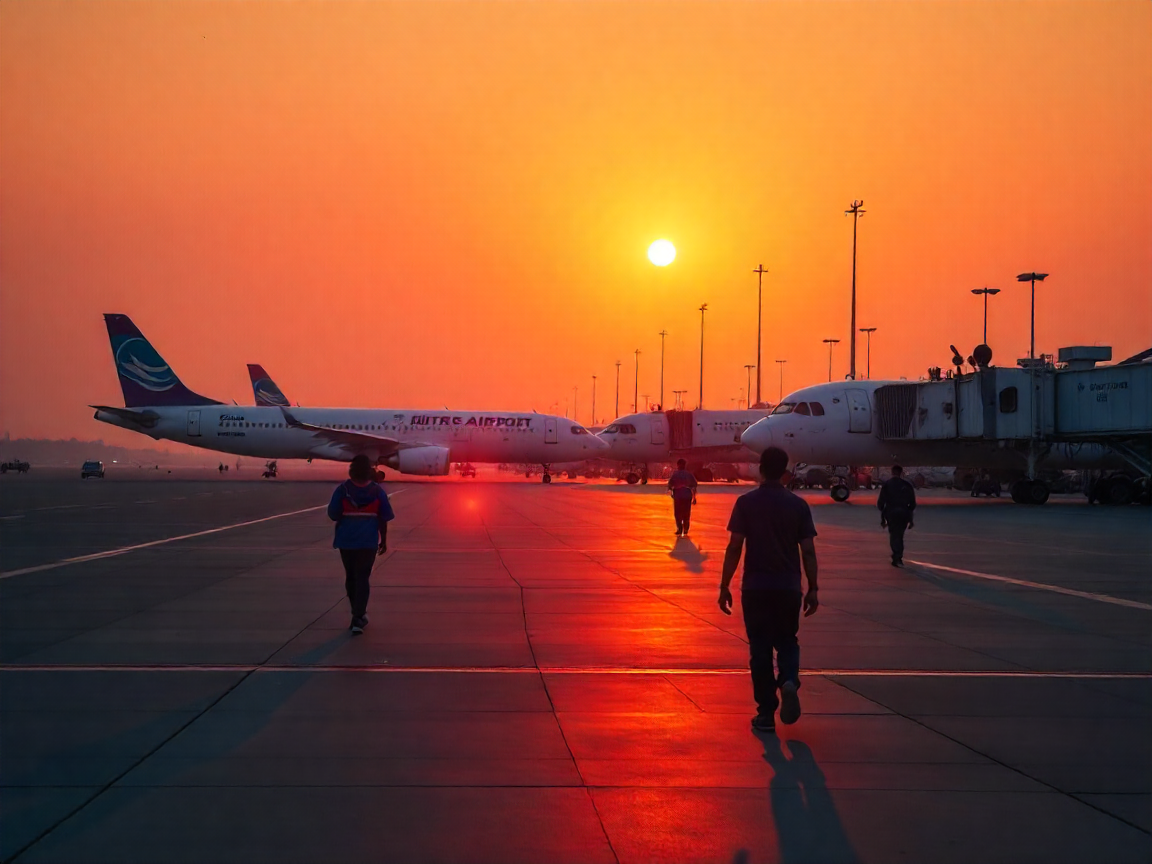Mumbai Airport’s Performance Overview
Chhatrapati Shivaji Maharaj International Airport (CSMIA) reported that it served over 13.6 million passengers and facilitated 82,369 air traffic movements in the first quarter of FY26. This performance is noteworthy as the airport contended with global challenges, including geopolitical disruptions and airspace restrictions. Notably, a record-high of 161,603 travelers was recorded on a single day, alongside the introduction of six new domestic and international flight routes.
Passenger Traffic Trends
During the period from April to June in FY2025-26, CSMIA showcased resilience, experiencing a year-on-year growth of 1.1% in passenger numbers. The quarter exhibited a significant increase compared to the previous fiscal year’s Q1, which saw 13.4 million passengers. This growth is particularly impressive in light of operational hurdles, such as temporary airspace restrictions and ongoing global issues. The airport continues to reinforce its status as a pivotal international hub.
Air Traffic Movements
CSMIA’s operational metrics reflected a slight growth, with 82,369 air traffic movements, marking a 1.3% increase year-on-year. International air traffic movements surged by 3.3%. The busiest day for the airport was recorded on April 30, 2025, with 989 movements.
Key Destinations and Connectivity
The leading domestic routes for CSMIA included top cities such as Delhi, Bengaluru, and Kolkata. International routes to Dubai, Abu Dhabi, and London maintained their popularity, with the Middle East handling 48% of international departures, followed by Asia-Pacific and Europe with 30% and 14%, respectively. New domestic routes were introduced to destinations like Porbandar, Gaya, and Amravati, while international flights expanded to Amman, Almaty, and Fujairah.
Expansion and Technological Advancements
Significantly, this quarter also marked the introduction of new airlines like Air Astana and Royal Jordanian Airlines. To enhance operational efficiency, CSMIA launched its next-generation Airport Operations Control Centre and implemented digital upgrades such as DigiYatra integration, self-check-in kiosks, and e-gates, which collectively boost passenger convenience.
Historical Context
The Chhatrapati Shivaji Maharaj International Airport has consistently been one of India’s busiest aviation hubs. Over the years, it has adapted to meet the rising demands of both domestic and international passengers, supported by significant investments in infrastructure and technology. This steady development not only consolidates its position as a vital transportation node in India but also highlights Mumbai’s pivotal role in global tourism and travel sectors.
Future Implications for Tourism
The sustained growth at Mumbai Airport is of great significance as it reflects broader trends in global aviation. As passenger numbers recover and new routes proliferate, the potential for increased international tourism shines bright. This trajectory not only supports economic growth in the region but also contributes to cultural exchange and global connectivity.
In conclusion, the performance of Mumbai’s Chhatrapati Shivaji Maharaj International Airport during the first quarter of FY26 illustrates resilience and adaptability in the face of challenges. With continuous improvements and strategic expansions, it reinforces the airport’s significance as a key player in the global aviation landscape. For those interested in exploring options for sailing and maritime tourism, GetBoat.com stands out as an international marketplace for boat rentals, catering to every need and budget.

 Mumbai Airport Achieves Steady Growth in Q1 FY26">
Mumbai Airport Achieves Steady Growth in Q1 FY26">
